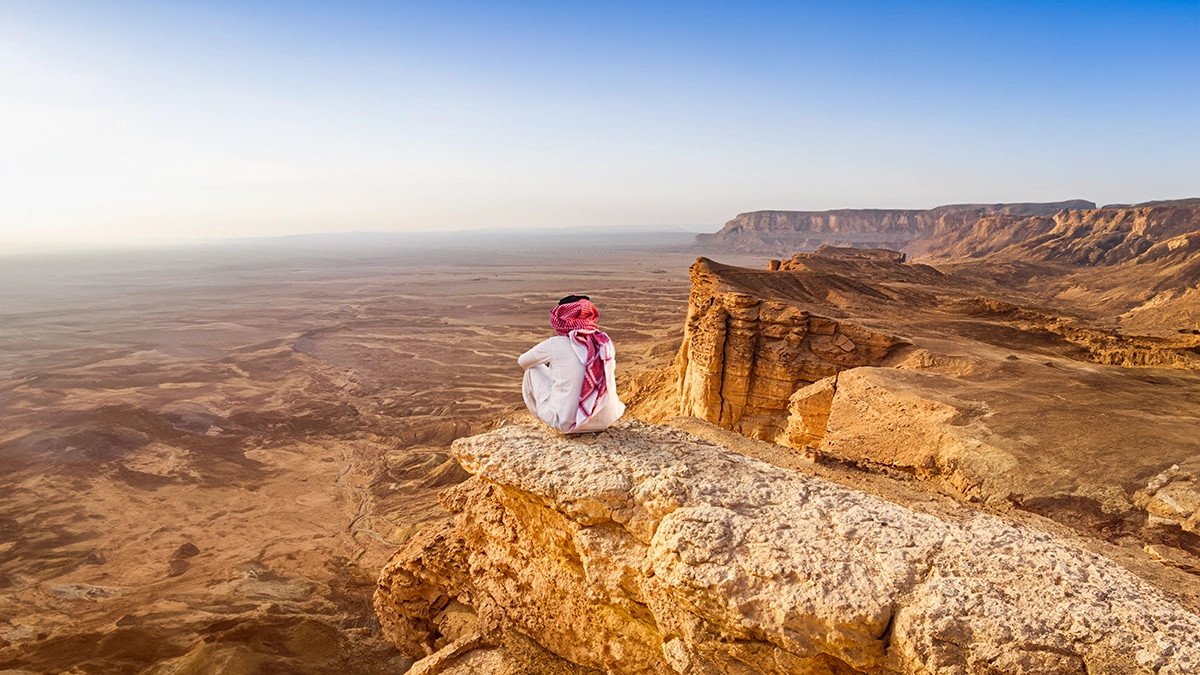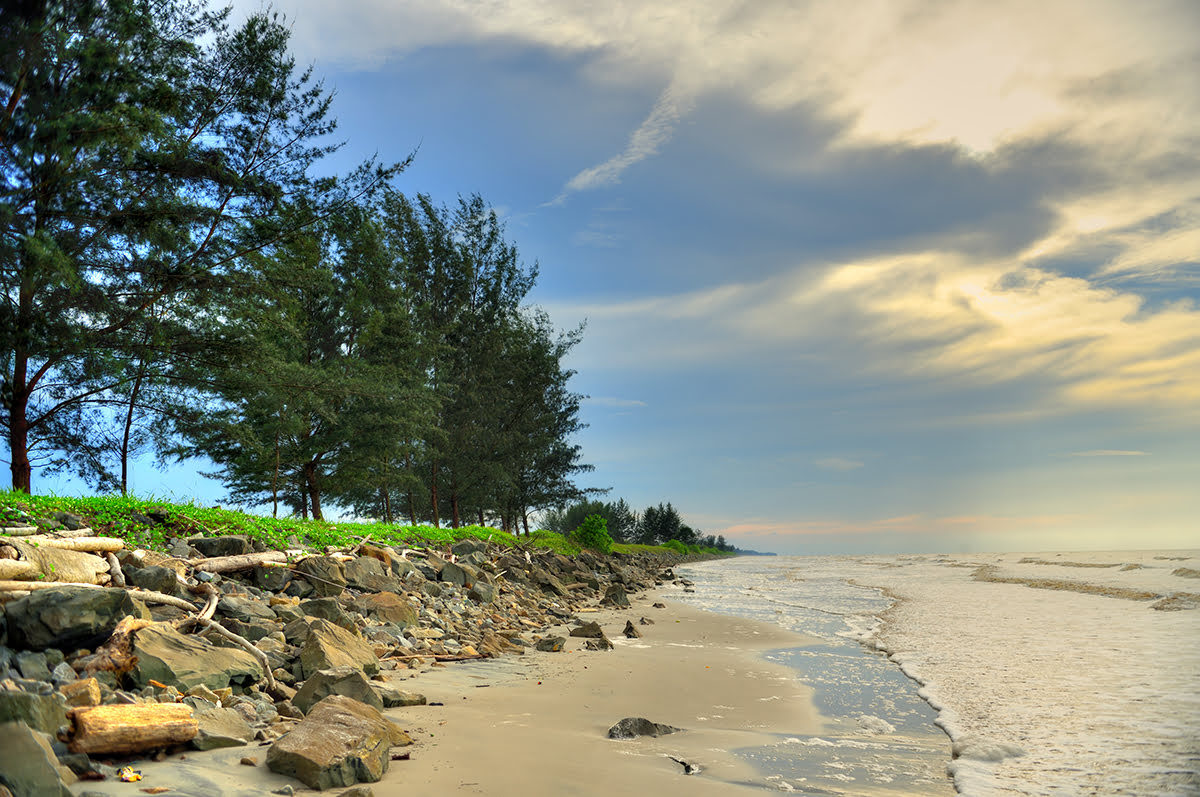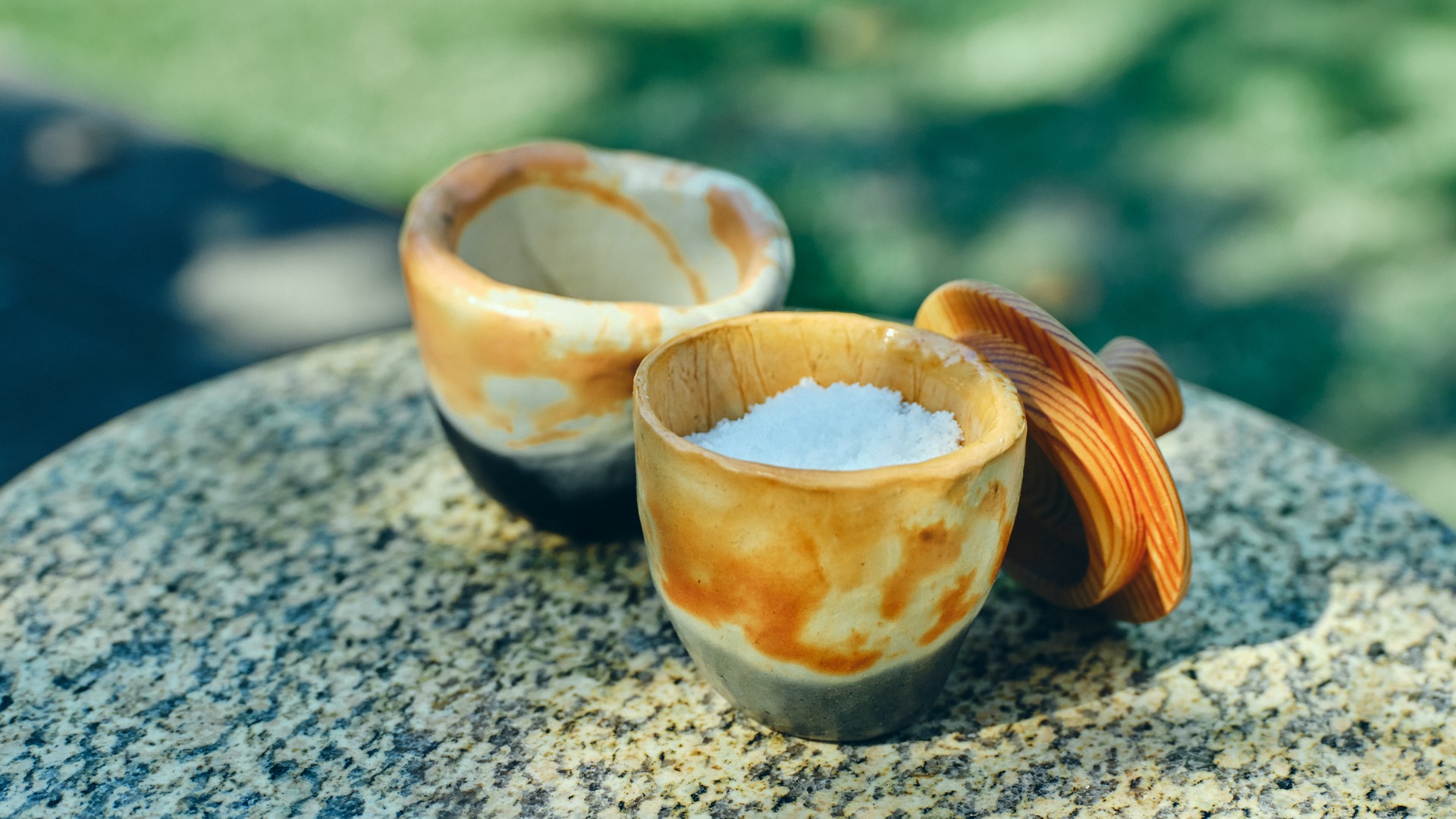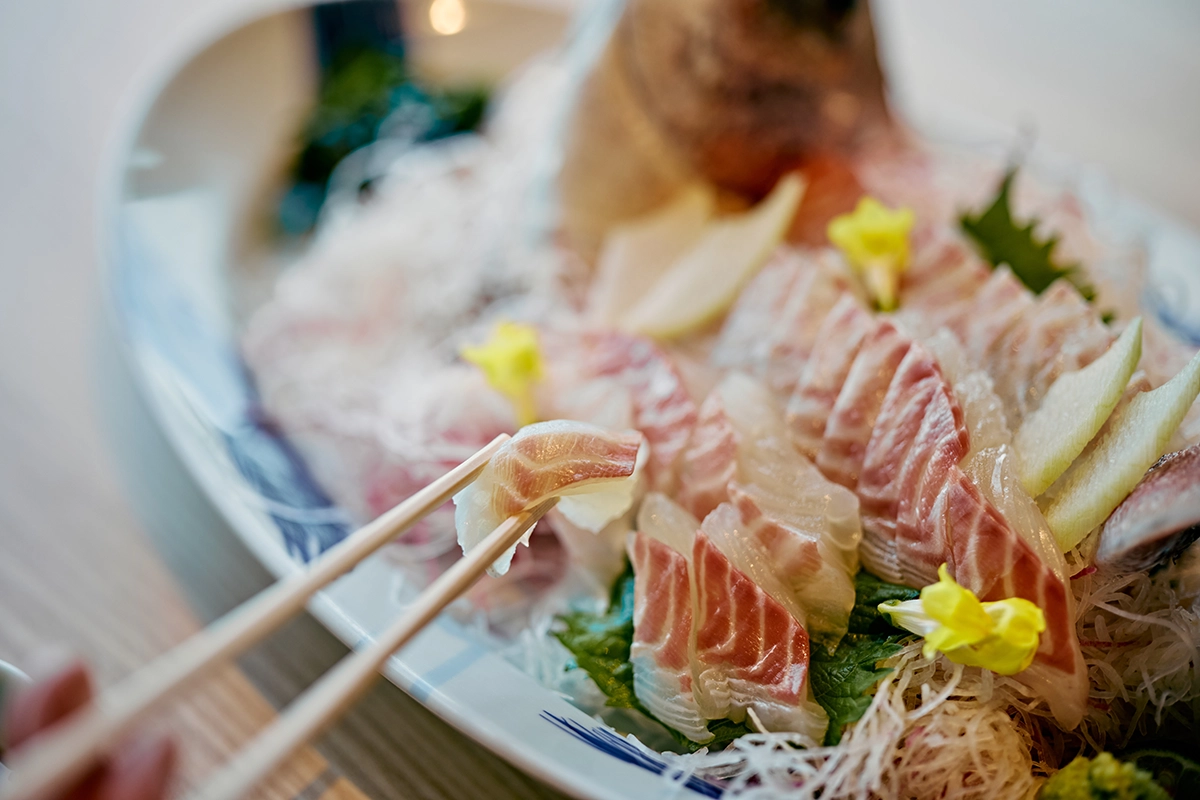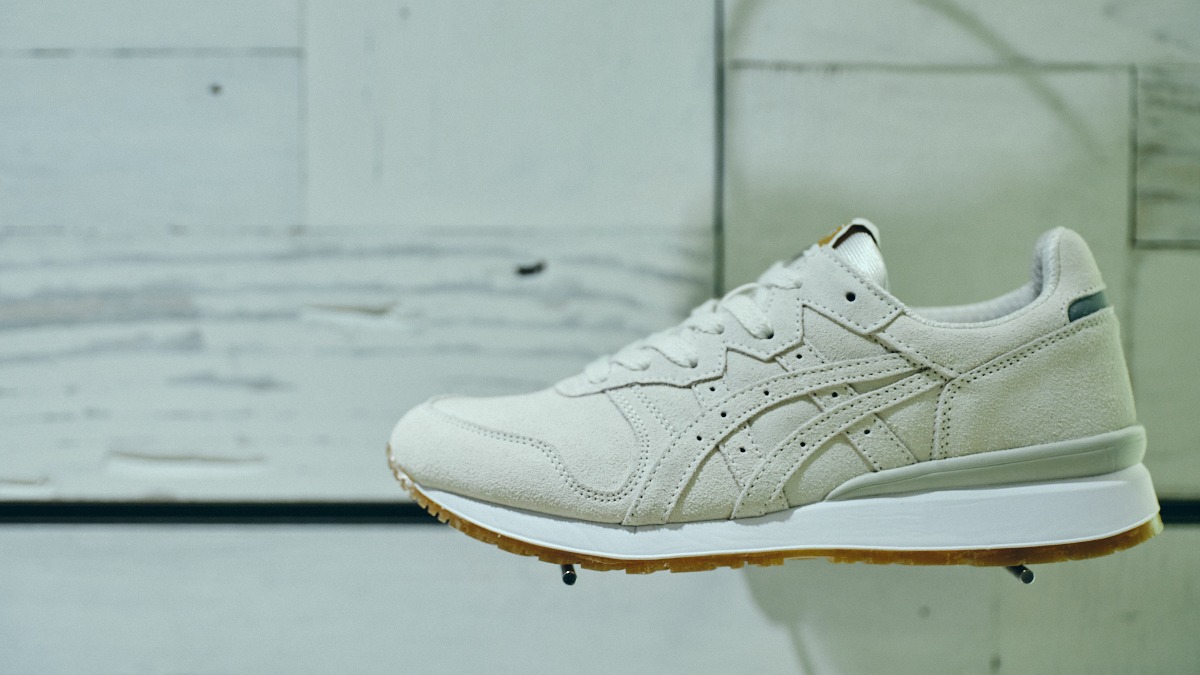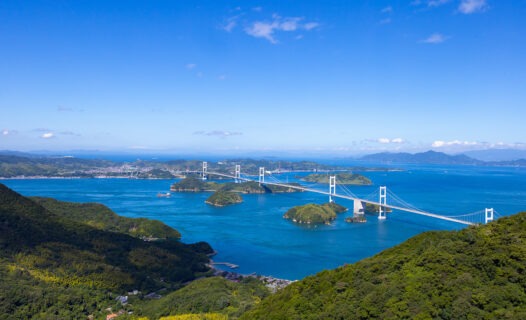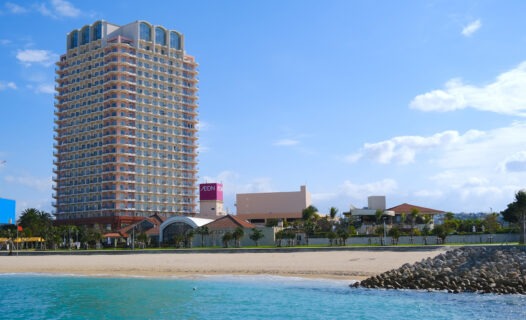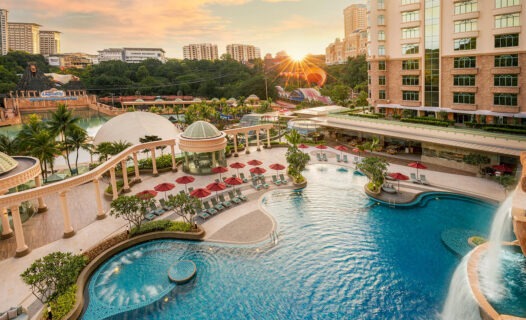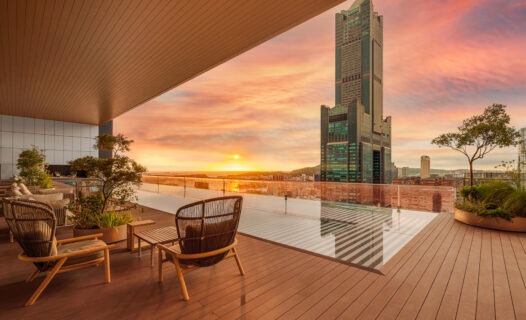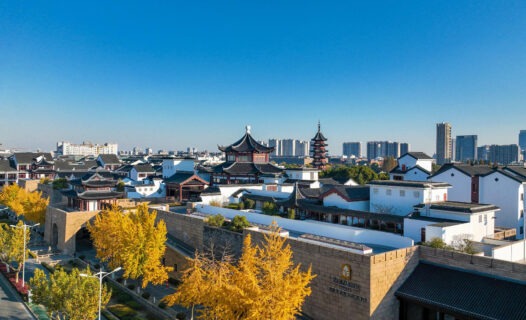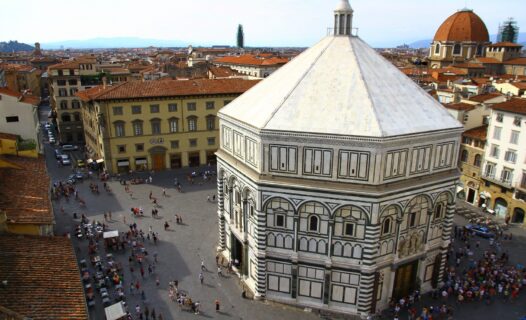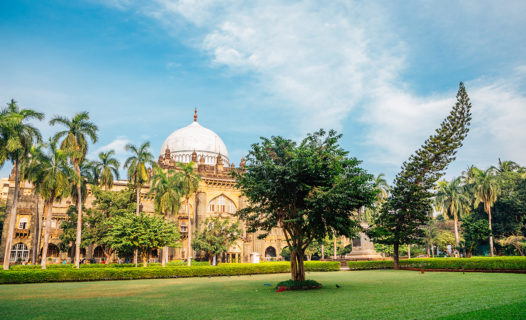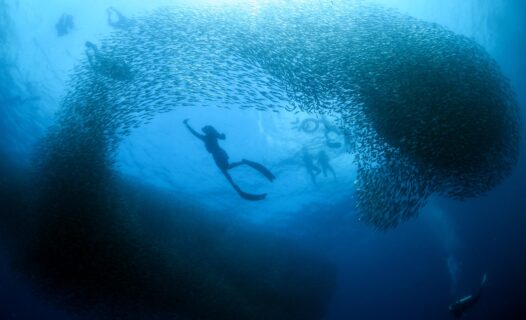Welcome to Malaysia: A Feast for the Senses
Malaysia is a dazzling blend of cultures, where every corner tells a story and every dish is a celebration. From the vibrant streets of Kuala Lumpur to the lush landscapes of Sarawak, this Southeast Asian gem is a canvas painted with the rich hues of Malay, Chinese, Indian, and indigenous traditions. The country’s cultural festivals are not just events; they are lively expressions of Malaysia’s diverse heritage, each showcasing unique customs, colorful attire, and mouthwatering cuisines that will tantalize your taste buds.
As you wander through Malaysia, you’ll find that food is a central thread woven into the fabric of its festivals. These occasions are a perfect opportunity to experience Malaysia’s food culture firsthand, offering a delightful array of traditional dishes that reflect the country’s rich culinary heritage. Whether you’re savoring the sweet treats during Hari Raya or enjoying the vibrant dishes at Chinese New Year, each festival invites you to indulge in the flavors that define this beautiful nation.
Celebrate Malaysia: A Colorful Festival Calendar
Mark your calendars! Malaysia’s festival calendar is packed with exciting events that celebrate its cultural diversity. Here’s a month-by-month breakdown of some of the most popular festivals, complete with dates and locations to help you plan your visit.
January: Chinese New Year Celebrations
Kick off the year with the spectacular Chinese New Year celebrations! This festival usually falls between late January and mid-February, depending on the lunar calendar. Major cities like Kuala Lumpur and Penang come alive with vibrant lion dances, dazzling fireworks, and festive markets. Don’t miss the chance to join in the festivities, where families gather to share traditional dishes like Yu Sheng, a symbolic raw fish salad that brings good fortune.
March: Hari Raya Aidilfitri Preparations
As Ramadan comes to an end, the joyous celebration of Hari Raya Aidilfitri takes center stage. In 2024, expect the festivities to begin around March 10. This festival is marked by family reunions, open houses, and the sharing of delicious dishes such as Rendang and Ketupat. Join the locals in their festive spirit, adorned in beautiful traditional attire, and partake in the mouthwatering feasts that reflect Malaysia’s rich food culture.
May: Gawai Dayak Festivities
In May, the Dayak community in Sarawak celebrates Gawai Dayak, a harvest festival that showcases their rich traditions and customs. This lively event typically occurs on June 1, and it’s a time for gratitude, feasting, and cultural performances. Expect to see traditional dances, music, and delicious dishes like Nasi Pulut and local meats that highlight the unique flavors of Borneo.
August: National Day Celebrations
On August 31, Malaysia commemorates its independence with a grand celebration known as Merdeka Day. From parades to fireworks, the atmosphere is electric! Cities across the nation come together to showcase their pride through cultural performances and delicious street food. Join the festivities and savor local delicacies that reflect the spirit of unity among the diverse Malaysian communities.
November: Deepavali Celebrations
As the Festival of Lights approaches, the streets are adorned with colorful decorations and vibrant rangoli patterns. Deepavali, celebrated by the Indian community, usually falls in November and is a time for family gatherings, prayers, and feasting. Indulge in delightful sweets and savory dishes like Biryani that are integral to this joyous occasion.
While these festivals are just a glimpse into Malaysia’s cultural calendar, they offer a fantastic opportunity to experience the rich traditions and flavors that make this country so special. Keep an eye out for specific dates and locations for 2024 as they become available, and get ready for an unforgettable adventure!
Festivals of Flavor: Culinary Delights at Malaysian Celebrations
The heart of Malaysia’s festivals beats with the aroma of delicious food. Each celebration is an opportunity to indulge in traditional dishes that tell stories of heritage and community. Let’s explore some of the must-try foods associated with these vibrant festivals!
Eid-ul-Fitr: Rendang and Ketupat
After a month of fasting, Eid-ul-Fitr is a time of celebration filled with joy and feasting. One of the highlights of this festival is the delicious Rendang, a rich and spicy meat dish slow-cooked to perfection. Accompanying it is Ketupat, a rice cake wrapped in woven palm leaves, which is perfect for scooping up the flavorful rendang. These dishes are often prepared in large quantities, so don’t be shy to join the communal feasting!
Chinese New Year: Yu Sheng and Dumplings
During Chinese New Year, the tradition of tossing Yu Sheng is a must! This colorful dish, made with raw fish and various vegetables, symbolizes prosperity and good luck. The louder you toss, the better your fortune! Don’t forget to savor delicious dumplings, often shaped like ancient gold ingots, representing wealth and prosperity for the year ahead.
Deepavali: Sweets and Biryani
Deepavali is a feast for the senses, especially when it comes to food. Indulge in a variety of sweets like Laddu and Jalebi, which are not only delicious but also carry cultural significance. The highlight of the meal is often Biryani, a fragrant rice dish cooked with spices and marinated meat that will leave you craving more.
Gawai Dayak: Nasi Pulut and Local Meats
During Gawai Dayak, the festivities are incomplete without Nasi Pulut, sticky rice often served with a variety of local meats and dishes. This dish is a staple during the harvest festival, symbolizing abundance and gratitude. Enjoy the rich flavors and textures that come from the traditional cooking methods used by the Dayak community.
Each festival is a culinary journey, offering unique dishes that reflect Malaysia’s diverse food culture. Whether you’re sampling street food or indulging in home-cooked meals, the flavors of Malaysia will leave a lasting impression. Keep your taste buds ready for the culinary adventures that await!
Street Food Extravaganza: Savoring Malaysia’s Culinary Scene
No trip to Malaysia is complete without indulging in the vibrant street food scene that bursts with flavor and creativity. Street food vendors and markets come alive during festival seasons, offering a tantalizing array of dishes that reflect the country’s diverse culinary heritage. Here’s a guide to some of the must-visit markets and signature dishes that will surely make your taste buds dance!
Must-Visit Markets: Jalan Alor, Kampung Baru
Head to Jalan Alor in Kuala Lumpur, a food lover’s paradise! This lively street is lined with hawker stalls serving everything from sizzling satay to crispy fried noodles. The atmosphere is electric, especially at night when the street is illuminated and filled with the mouthwatering aroma of grilled meats and fresh seafood. Another fantastic spot is Kampung Baru, where you can experience traditional Malay cuisine in a charming setting. Don’t miss the chance to try nasi lemak, Malaysia’s beloved coconut rice dish served with spicy sambal, fried chicken, and crispy anchovies.
Signature Dishes to Try: Satay, Char Kway Teow
While exploring these food markets, be sure to sample some of Malaysia’s signature dishes. Satay is a must-try! These skewered and grilled meats, usually served with a rich peanut sauce, are perfect for sharing with friends. Another crowd favorite is Char Kway Teow, a stir-fried flat rice noodle dish packed with shrimp, Chinese sausage, and bean sprouts, all tossed in a savory soy sauce. The combination of flavors and textures will leave you craving more!
Street food is not just about the food; it’s a cultural experience that brings people together. So grab a plate, mingle with the locals, and enjoy the festive atmosphere. For the best street food experience, visit during the festivals when vendors showcase their special dishes, making it a feast for the senses!
Unique Cultural Experiences: Engaging with Local Traditions
Malaysia’s festivals are not only a visual and culinary delight but also a fantastic opportunity to engage with local traditions. Participating in cultural events allows travelers to immerse themselves in the vibrant heritage of Malaysia. Here are some unique experiences you won’t want to miss!
Volunteer Programs During Festivals
Many communities welcome volunteers during festivals, providing a chance to contribute while experiencing the festivities up close. Whether it’s helping with preparations for a cultural performance or assisting in food distribution during Hari Raya, these programs offer a genuine insight into local customs and the spirit of giving that defines Malaysian culture.
Community Events and Workshops
Look out for community events and workshops that coincide with the festivals. From traditional dance classes to cooking workshops where you can learn to make your own Rendang, these interactive experiences are perfect for travelers eager to dive deeper into Malaysia’s cultural heritage. Engaging with locals and learning about their traditions will enrich your travel experience and create lasting memories.
Culinary Tourism: Food Tours and Cooking Classes
If you’re a food enthusiast, Malaysia is a culinary playground waiting to be explored. From guided food tours to immersive cooking classes, there are plenty of opportunities to savor the flavors of this diverse nation. Here’s what you can look forward to!
Popular Food Tours: Kuala Lumpur, Penang
Join a food tour in Kuala Lumpur or Penang, where knowledgeable guides will take you to hidden gems and local favorites. Sample a variety of dishes, learn about their origins, and discover the stories behind the flavors. In Penang, known as the food capital of Malaysia, don’t miss out on trying the famous Penang Laksa and Char Kway Teow.
Cooking Classes: Traditional Malaysian Dishes
For those who want to take a piece of Malaysia home with them, consider signing up for a cooking class. Many local chefs offer classes where you can learn to prepare traditional dishes like Rendang or Nasi Lemak. Not only will you gain new cooking skills, but you’ll also get to enjoy a delicious meal you’ve created yourself!
Culinary tourism in Malaysia is all about exploring flavors and traditions, so be sure to indulge your taste buds and immerse yourself in the local food culture!
Historical Context and Folklore: The Stories Behind the Festivals
Every festival in Malaysia has its own unique history and folklore that adds depth to the celebrations. Understanding these stories not only enhances your experience but also connects you to the rich cultural tapestry of the nation. Here are some fascinating insights into the origins of a few major festivals.
Origins of Chinese New Year Traditions
Chinese New Year, celebrated by the Chinese community, is steeped in tradition and folklore. One popular story tells of a mythical beast called the Nian that would terrorize villages at the beginning of the new year. To scare the beast away, people would light firecrackers, hang red decorations, and wear red clothing. Today, these customs continue, symbolizing the hope for a prosperous and safe year ahead.
The Meaning of Deepavali Celebrations
Deepavali, or the Festival of Lights, celebrates the victory of light over darkness and good over evil. This festival is rooted in Hindu mythology and is celebrated with prayers, vibrant decorations, and the lighting of oil lamps. The story of Lord Rama’s return to Ayodhya after defeating the demon king Ravana is central to the celebrations, symbolizing the triumph of righteousness.
These stories, along with many others, enrich the cultural experience of festivals in Malaysia. By learning about the folklore, you’ll gain a deeper appreciation for the traditions and customs that make each celebration so special.
Practical Information for Travelers: Tips for Festival Attendance
Attending festivals in Malaysia is an exhilarating experience, but it’s essential to be prepared. Here are some practical tips to help you make the most of your visit!
Accommodation Recommendations
During festival seasons, accommodations can fill up quickly. It’s wise to book your stay in advance, especially in popular cities like Kuala Lumpur and Penang. Look for hotels that offer special packages for festival-goers, as they often provide convenient access to events and activities.
Transportation Tips During Festivals
Public transportation is a great way to navigate cities during festivals. Buses and trains are usually well-connected, but be prepared for larger crowds. Consider using ride-hailing apps for a more comfortable experience, especially during peak hours when public transport can be packed.
Safety and Health Guidelines
While festivals are joyous occasions, it’s important to stay safe. Keep your belongings secure and be mindful of your surroundings, especially in crowded areas. Stay hydrated and make sure to try street food from reputable vendors to avoid any stomach issues. If you’re attending outdoor events, don’t forget sunscreen!
Being prepared will ensure you have a fantastic time soaking up the festive atmosphere and experiencing all that Malaysia has to offer.
Seasonal Travel Insights: Best Times to Experience Festivals
Timing is everything! To fully enjoy Malaysia’s festivals, it helps to know the best times to visit. Here’s a look at seasonal travel considerations that can enhance your experience.
Weather Patterns and Their Impact on Festivals
Malaysia has a tropical climate, which means it can get quite humid and rainy, especially during the monsoon season. Festivals like Chinese New Year in January and Deepavali in November typically fall during drier months, making them ideal for outdoor celebrations. However, be sure to check local forecasts and plan accordingly, as the weather can be unpredictable!
Best Times to Visit for Cultural Experiences
While festivals occur throughout the year, the months of January to March and August to November are particularly vibrant. These periods are packed with cultural events, allowing travelers to experience the full spectrum of Malaysia’s rich heritage. If you’re a culture lover, aim to visit during these times for an unforgettable experience!
Commonly Asked Questions (FAQs)
Got questions about festivals and culinary experiences in Malaysia? Here are some common inquiries travelers have:
What are the major festivals in Malaysia?
Malaysia celebrates a variety of major festivals, including Chinese New Year, Hari Raya Aidilfitri, Deepavali, Gawai Dayak, and Merdeka Day. Each festival showcases unique traditions, food, and cultural significance.
What food should I try during festivals?
Be sure to sample traditional dishes like Rendang, Yu Sheng, Biryani, and Nasi Lemak. Each festival features its own special foods that highlight Malaysia’s culinary diversity!
How can I participate in local celebrations?
Participating in local celebrations is easy! Join public festivities, attend cultural performances, or volunteer during festivals. Engaging with locals and trying traditional foods is the best way to immerse yourself in the experience!
Fun Facts About Malaysia’s Festivals and Foods
Let’s sprinkle in some fun facts that highlight the uniqueness of Malaysia’s festivals and culinary traditions!
- The word “Rendang” comes from the Minangkabau language, meaning “to slow cook.” It’s a dish that requires hours of preparation!
- During Chinese New Year, it’s customary to give and receive red packets filled with money, symbolizing good luck and prosperity.
- Deepavali is known as the Festival of Lights, and it’s celebrated by Hindus around the world, with each country adding its own flavor to the festivities!
- Gawai Dayak is not just a harvest festival; it also marks the start of the new agricultural year for the Dayak community!
- The national dish of Malaysia, Nasi Lemak, is often enjoyed at any time of the day, from breakfast to dinner!
These fun facts are just a glimpse into the rich culture and culinary delights that Malaysia has to offer. Share them with friends and family to spark their interest in this beautiful country!
